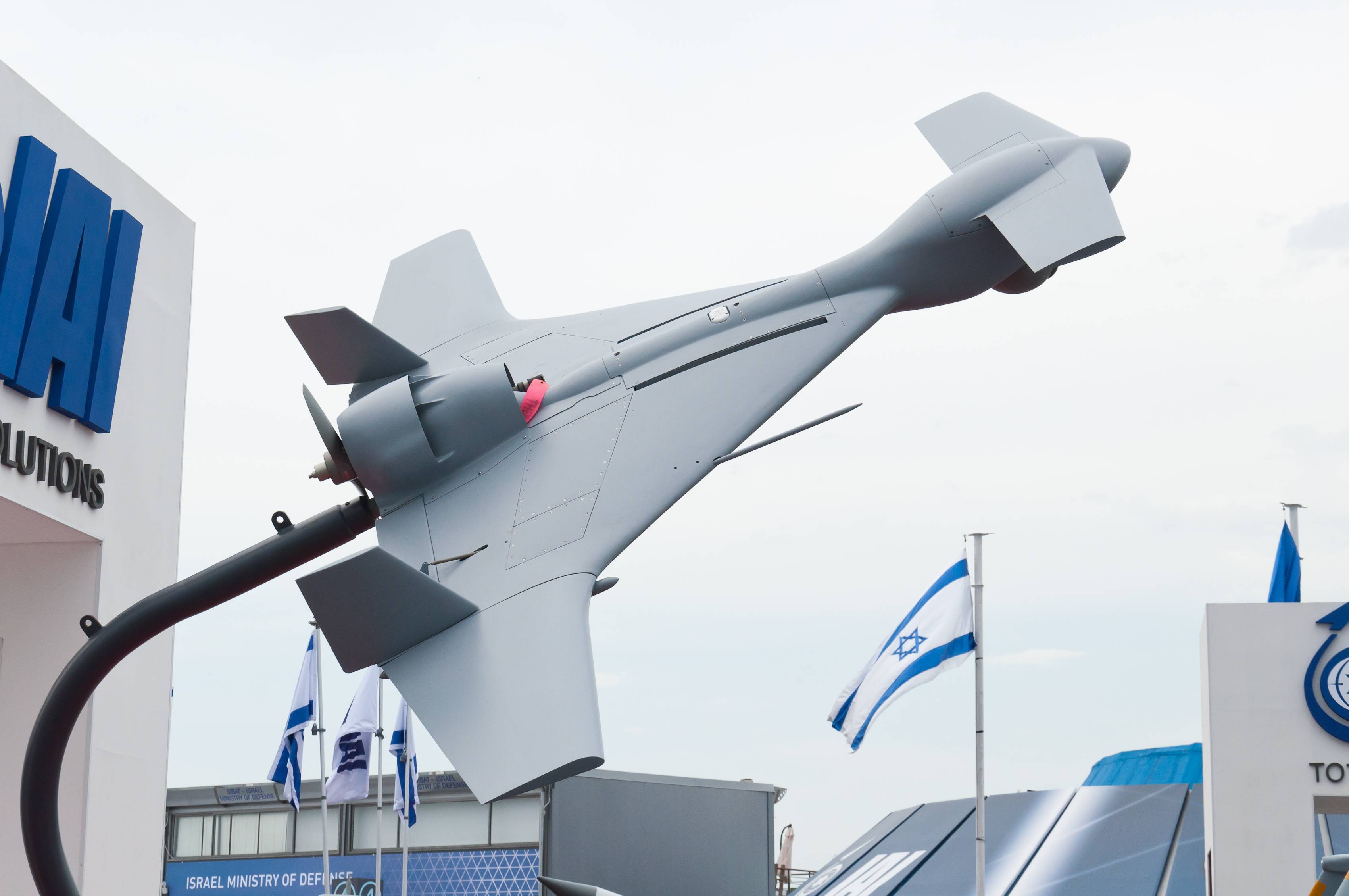A deep dive into India’s use of Israeli-origin Harop drones to neutralize Pakistan’s air defense systems amid escalating tensions.
India’s deployment of Harop drones as part of a high-stakes counter-terror operation has thrust loitering munitions into the spotlight. The recent cross-border strikes, reportedly part of ‘Operation Sindoor’, targeted and dismantled strategic air defense systems in Pakistan, including a critical installation in Lahore. These actions were undertaken in retaliation for the deadly April 22 terrorist attack in Pahalgam, Jammu and Kashmir, which claimed the lives of 26 civilians and was attributed to Pakistan-backed militant groups.
While Pakistan’s military publicly condemned the incident, accusing India of “naked aggression” and claiming Indian drones breached its airspace across multiple cities, including Karachi and Lahore, India has not issued an official statement. However, the use of Israeli-origin Harop drones by Indian forces marks a significant evolution in India’s counter-terrorism and strategic military capabilities.
What Are Harop Drones?
Developed by Israel Aerospace Industries (IAI), the Harop is a next-generation loitering munition system—essentially a hybrid between a surveillance UAV and a precision-guided missile. Unlike conventional missiles or drones, the Harop is designed to loiter in a designated airspace, search for high-value targets such as radar installations or mobile command units, and then strike with pinpoint accuracy by diving into the target.
This autonomous-but-human-in-the-loop system offers the ability to abort or redirect the mission mid-flight, minimizing collateral damage and making it ideal for complex battlefield environments.
10 Key Facts About the Harop Drone System
1. Dual-Role Functionality
The Harop serves both as a reconnaissance drone and a guided missile. It can loiter over a target area for extended periods before diving into and destroying a target on command.
2. Combat-Proven Capability
Extensively used in SEAD (Suppression of Enemy Air Defenses) operations, Harop drones have demonstrated high mission success in active combat zones.
3. Made by Israel Aerospace Industries
Harop is a product of IAI’s pioneering work in loitering munitions. It builds upon the earlier Harpy drone, combining greater range, autonomy, and precision.
4. Long-Range Endurance
With a flight endurance of up to 9 hours and an operational radius of approximately 1,000 km, Harop drones allow deep-strike capabilities without endangering ground personnel.
5. Autonomous Yet Human-Guided
The system integrates AI-driven autonomous detection with real-time human oversight, providing flexible engagement options in dynamic conflict scenarios.
6. Abort-and-Re-Loiter Feature
If battlefield conditions change, operators can call off an attack and resume loitering, a critical feature for minimizing unintended casualties or destruction.
7. Advanced Targeting Suite
Equipped with electro-optical, infrared (IR), FLIR, and radar-homing sensors, Harop drones can detect and prioritize high-value threats in real-time.
8. Multi-Domain Applications
Harop drones can be deployed across terrains—land, sea, and urban environments—and are effective in both conventional and asymmetric warfare.
9. Powerful Warhead Payload
The drone carries a 23 kg (51 lb) explosive warhead, capable of neutralizing hardened infrastructure such as radar stations and missile launchers.
10. Canister-Based Deployment
Launchable from ground or sea-based mobile platforms via sealed canisters, Harop drones ensure rapid deployment and stealthy, flexible strikes.
Operation Sindoor: Strategic Implications
According to defense analysts, Operation Sindoor represents a calibrated escalation in India’s military response to terrorism and proxy conflict. The precision-targeted use of Harop drones serves multiple objectives: neutralizing enemy air defenses, degrading retaliatory capacity, and sending a clear signal of deterrence.
The choice of Harop drones for such an operation highlights India’s increasing reliance on unmanned systems for surgical strikes. The loitering munition’s ability to search, identify, and destroy radar and anti-aircraft systems makes it a potent tool for modern electronic warfare, especially when air superiority is contested or politically sensitive.
With growing regional instability, India’s use of loitering munitions like Harop is likely to expand. Defense planners are reportedly considering broader integration of such systems into India’s arsenal, especially along the western and northern frontiers.
Regional and Global Reactions
While Pakistan has condemned the drone strikes and promised retaliation, the international community has largely remained cautious. Israel has neither confirmed nor denied the use of its drone systems by India, maintaining its standard policy of not commenting on third-party operations involving exported military technology.
Defense analysts note that the situation underscores the changing nature of warfare in South Asia. As both India and Pakistan continue to modernize their military capabilities, the line between traditional and asymmetrical warfare is increasingly blurred.
A Shift in Battlefield Doctrine
India’s deployment of the Harop drone underscores a strategic shift toward precision warfare, minimizing risks to personnel while maximizing the impact on high-value enemy targets. With the capacity to operate undetected, loitering munitions provide unmatched situational awareness and strike capability—an evolution from conventional airstrikes that risk international escalation.
If the recent reports hold, Operation Sindoor marks not just a tactical win but a paradigm shift in India’s approach to handling cross-border terrorism and hostile airspace threats.
The use of Harop drones is a glimpse into the future of warfare where unmanned, autonomous systems will dominate high-risk missions. India’s actions in Operation Sindoor, though yet to be officially acknowledged, demonstrate the power and potential of loitering munitions in modern conflict scenarios.
As tensions continue to simmer in the subcontinent, Harop drones are likely to remain a central component in India’s strategy—balancing technological superiority with calculated precision.









.png)